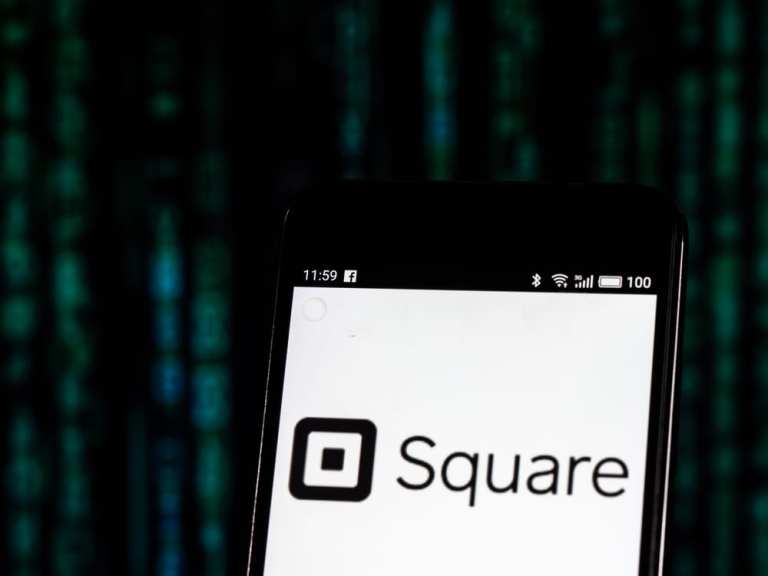Post Caviar, Square Circles Wagons On Cash Apps – And Loans

The $410 million deal to sell Caviar was not enough to sway investors to look beyond the latest earnings report and guidance — and they sent Square shares down 7 percent after the bell. Gross payment volume was a bit below expectations, while loans surged 36 percent year on year. But, can can a laser focus on apps, debit cards and, yes, even restaurant application programming interfaces (APIs) (even post Caviar) keep sales (and the company) lofty?
Cashing in on Cash App, cashing out on Caviar — and investors, at first blush seemed nonplussed.
Square’s second quarter showed a few familiar trends — namely, growth in large sellers as a percentage of payments volume, an embrace of the Cash App offering (even beyond cryptos) and a surge in business loans.
And this time around, a sale.
Revenues were $563 million, gaining 46 percent year on year and better than the Street saw at $557.1 million and adjusted earnings per share were 21 cents, topping the consensus of 17 cents.
It was guidance that may have spooked investors, as they were below estimates, with a range of 18 cents to 20 cents a share, where the Street had been aiming for 22 cents. Management pointed toward continued reinvestment in the company as a factor in the earnings guidance. Chief Financial Officer Amrita Ahuja said on the conference call with analysts that sales and marketing expenses would come through the current quarter and into the fourth quarter, where she said client companies would make investment decisions of their own into the holidays.
Drilling down a bit: Gross payments volume was $26.8 billion, while analysts had expected $26.9 billion. The growth came in at 25 percent year on year and where growth from larger sellers gained 34 percent year on year. Large sellers, with more than $125,000 in annualized gross payment volume, comprised 54 percent of the mix.
Management said on the call that API offerings have been instrumental in spurring that continued torque in large seller installed base. The company said in its shareholder letter that 20 percent of its total gross payments volume comes from sellers connected to a third party application. By way of example the firm pointed toward Order Manager, which users Orders API, and which ties in with Square for Restaurants.
The Cash App, geared toward peer to peer transactions, logged $135 million excluding the impacts of bitcoin trading, which, taken together, brought Cash App to $260 million. Ahuja said that the top line contribution of the offering was negligible upon launch three years ago and where the company snagged $1 million in sales in the first quarter of 2016. In terms of other offerings, the company disclosed that as many as 3.5 million individuals have used the company’s debit card, Cash Card, to buy everyday items such as groceries and transactions at big box retailers. The actions show how Square is getting embraced as a “daily utility,” according to Ahuja.
In addition to earnings, Square said Thursday that it has reached an agreement to sell the food delivery company Caviar to DoorDash for $410 million in cash and preferred DoorDash stock, a move that CEO Jack Dorsey said would help Square focus its efforts on the payments ecosystem, which the company has defined as being divided between businesses and sellers. It would be a rather large gain on sale, as sites such as CNBC noted that Caviar had been bought roughly five years ago for $44 million.
Cash App and Caviar were among the drivers of subscription and services revenues, which were $251 million in the quarter.
Management noted that Square Capital generated 78,000 loans in the quarter, totaling $528 million. The company said that it has cumulatively extended 800,000 loans worth more than $5 billion since May 2014, the month the loan offerings launched.
Hardware revenue gained 21 percent year on year to $22 million, said management.